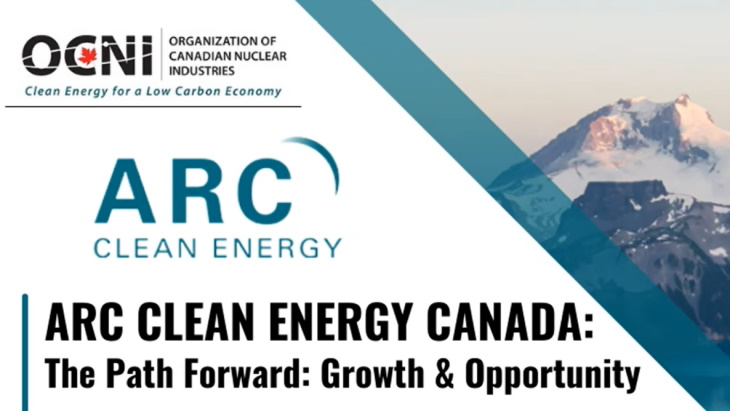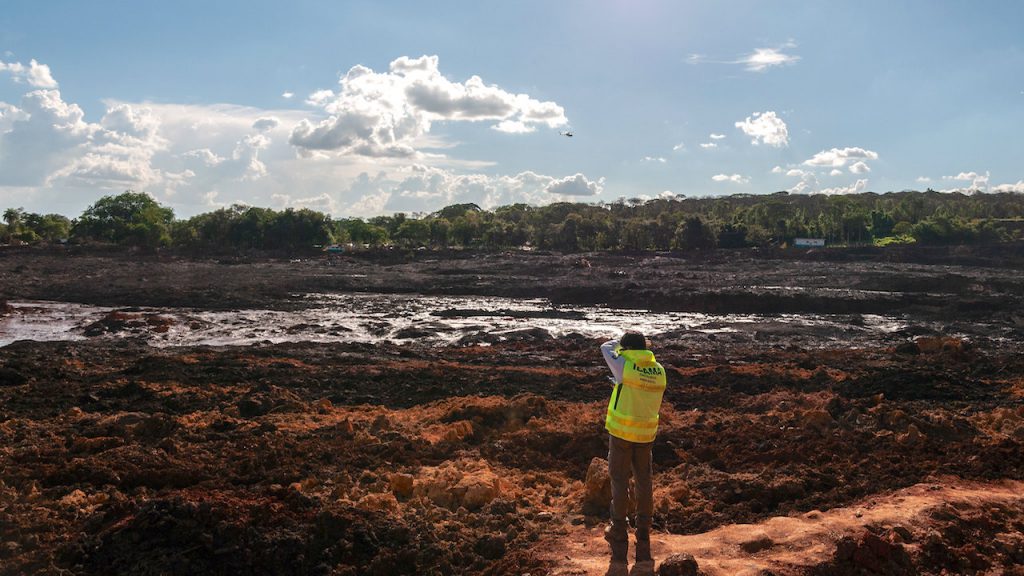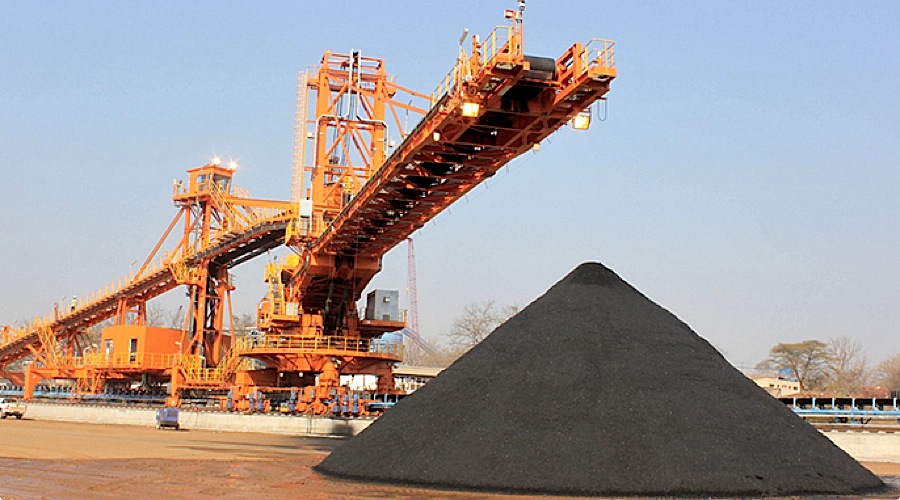Climate change means Arctic may no longer be a safe haven for nesting birds
New predators, diseases and shifting weather patterns
threaten migratory birds
Our planet is changing. So is our journalism. This story is part of a CBC News initiative entitled Our Changing Planet to show and explain the effects of climate change and what is being done about it.
Wildlife research scientist Paul Smith is a lot like the birds he studies: every spring, when the ice recedes, he migrates north to the Arctic. But while he's been able to adapt to the changing climate, the nesting birds have not been so lucky in the face of new threats.
Historically, in Cape Dorset, Nunavut, when migratory birds would sit on their nests in June and July to incubate their eggs, polar bears were still out on the ice eating seals.
These days, Smith has witnessed an earlier ice melt that leads to bears coming to shore sooner. That means the birds' breeding ground becomes a snack bar.
"The bears are swimming onto islands where there are nesting colonies of birds, and gobbling up thousands of eggs," said Smith, who works for the National Wildlife Research Centre at Environment and Climate Change Canada.
In recent years, Inuit elders have reported seeing more bears near their communities, which has led to deadly attacks in some cases. Smith and his fellow research scientists stopped sleeping in tents and now stay in small cabins, surrounded by electric fences.
Birds such as eider ducks and thick-billed murres are struggling to adapt.
"One bear can eat a thousand eggs in a sitting, and wipe out an entire nesting colony island, and that's it for that year for those birds," Smith said.
It's a lose-lose situation — the eggs are not enough to substitute a polar bear's traditional diet of seals, which they can't access once the ice melts — and yet the loss of all those eggs is a major blow to the local population of birds.
New predators, parasites and pathogens
A recent qualitative review paper argues that the introduction of new predators is one example of how climate change is eroding the benefits of northward migration for birds, insects and other species around the world.
The authors suggest the Arctic is no longer the safe harbour for breeding and nesting that it once was.
The report, Animal migration to northern latitudes: environmental changes and increasing threats, explores how climate change is shifting Arctic and boreal habitats by contributing to the spread of parasites and diseases, an increase in predators, and timing gaps between when food supply is available and when offspring need to feed.
"The [impact on] species could be like a domino," said co-author Tamás Székely, an evolutionary biologist and professor of biodiversity at the University of Bath in England.
He said it's difficult to know what will happen if climate change continues at this rate — some birds might stop migrating or migrate differently, while others may not be able to adapt.
"It will not be better, that's for sure," Székely said.
One of the studies cited by the paper has had some of its claims contested by other scientists, including Smith, who said the new report exaggerates some specifics, such as the rates of predation of shorebirds.
Still, Smith said the report raises important ideas about climate change and the benefits of migration.
- Have questions about COP26 or climate science, policy or politics? Email us: ask@cbc.ca. Your input helps inform our coverage.
"Migratory birds definitely are susceptible to climate change more so than other animals, because they're travelling through a whole bunch of different environments throughout the year," Smith said.
Migratory shorebirds in decline
The Arctic is warming at more than twice the global average, and how that factors into the decline of certain bird populations is a topic experts say should be studied more — especially when it's well known that these species are already dealing with more pressures and threats along their flight north.
Shorebirds are among some of the most rapidly declining birds in Canada, according to the 2019 State of Canada's Birds report, published by the North American Bird Conservation Initiative and Nature Canada.
Ted Chesky, naturalist director with Nature Canada, said climate change can, for instance, change the dates when certain insects hatch. This means food might not be available at a specific location where birds stop on their flight north.
"The birds arrive, and there's no food there. You're driving across a long distance and you get to a gas station and you're almost out of gas, and there's nothing there," Chesky said.
The steep decline in population of the rufa red knot shorebird is an example that experts point to as a canary in the coalmine, so to speak.
Every year, the terracotta-orange coloured birds travel 30,000 kilometers round-trip between Tierra del Fuego, an archipelago at the southernmost tip of South America, and the Canadian Arctic, where they breed. The red knot has one of the longest migrations of the bird kingdom, and that makes the bird more vulnerable to the ripple effects of climate change along its journey.
"Basically, they're travelling along the entire length of the hemisphere — expecting certain conditions at certain times — and everything is out of whack because of climate change," Smith said.

Researchers say they're concerned about what will happen if, year after year, the birds that survive their risky journey north arrive in the Arctic only to discover the weather or food supply isn't favourable for nesting.
"Sometimes, they'll even just turn around and start their leisurely migration back because they know it's not worth the energy," Chesky said. "If that happens over successive years, then you start losing generations of birds."
Eider ducks survive cholera, only to face new predator
Even when birds do survive or adapt to new threats in the Arctic, it's often only one of several shifting conditions they're up against.

Grant Gilchrist, a research scientist with Environment and Climate Change Canada, was part of a team of scientists who worked with Inuit experts to investigate an avian cholera outbreak that was killing off an Arctic colony of eiders, birds that had never been exposed to it before. Their findings were published in 2016.
Gilchrist said it's impossible to know definitively whether the spread of avian cholera was caused directly by climate change.
Since that study, the eiders have developed antibodies and fewer members of the colony are dying off as a result of the disease. But, that's not the only threat the local population is facing.
"The colony is not recovering," Gilchrist said.
That's because polar bears are eating their eggs, which has resulted in "almost complete reproductive failure of the colony for the last five to seven years," he said. In other words, the eiders' offspring aren't surviving.
Experts say it's difficult to predict exactly what will happen to birds who rely on the safe haven of the Arctic to breed, but they generally agree that if the world continues on the path that it's on right now, it doesn't bode well.
The complex domino effects of climate change on vulnerable species is exactly why, researchers say, it is essential that leaders commit to measures to cut emissions and slow the rate of climate change, while also putting conservation measures into place to protect vital habitats.
"Major societal change in the way we live, making our economies more circular, respecting nature, these things are all a fundamental part of where we've got to go," Chesky said.
WATCH | Arctic nations discuss the perils of a warming climate:
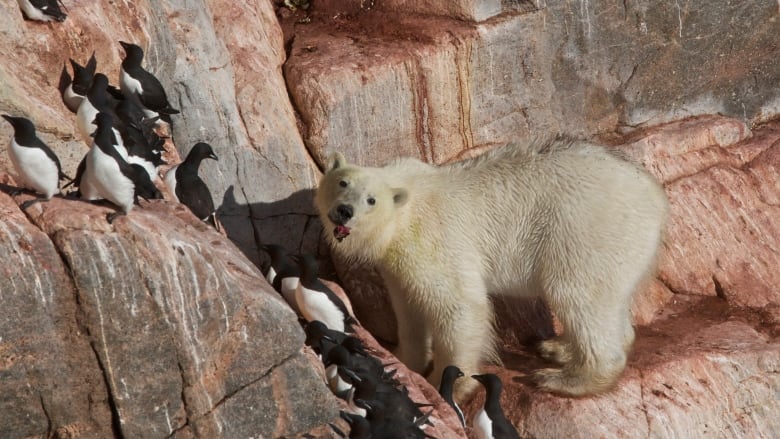




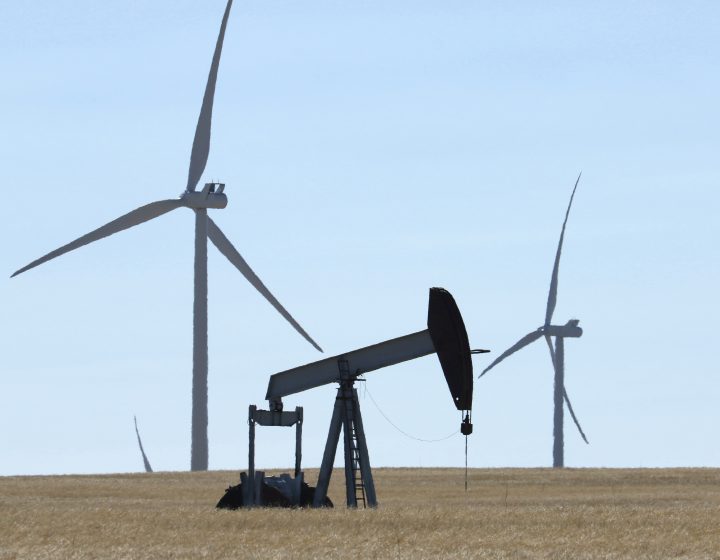


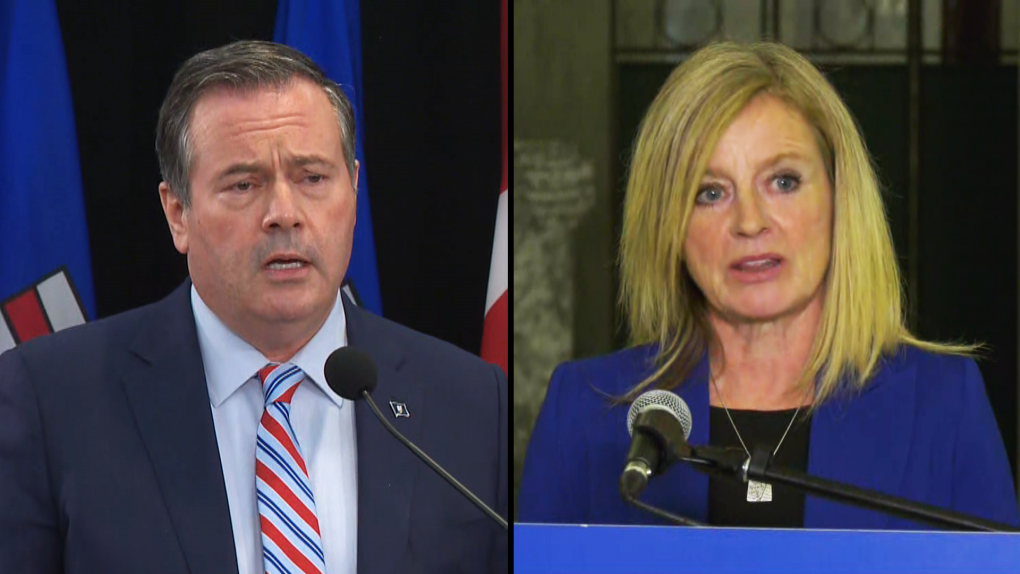






.jpg?ext=.jpg) Akkuyu 1 rises at the construction site (Image: Akkuyu Nuclear)
Akkuyu 1 rises at the construction site (Image: Akkuyu Nuclear).jpg?ext=.jpg) How a power plant based on RITM-200 technology could appear (Image: Rusatom Overseas)
How a power plant based on RITM-200 technology could appear (Image: Rusatom Overseas).jpg?ext=.jpg) The eVinci heat-pipe reactor is described as a "small battery" in the report (Image: Westinghouse)
The eVinci heat-pipe reactor is described as a "small battery" in the report (Image: Westinghouse)